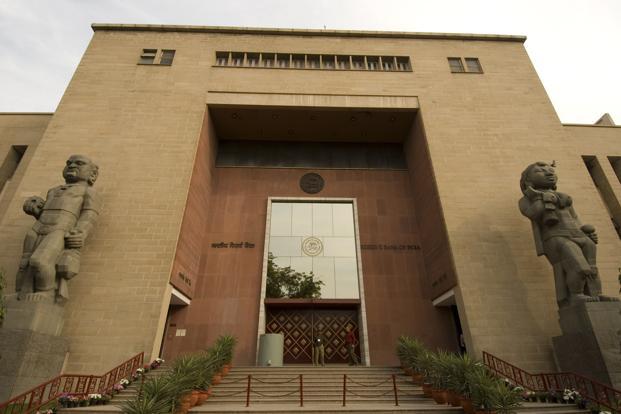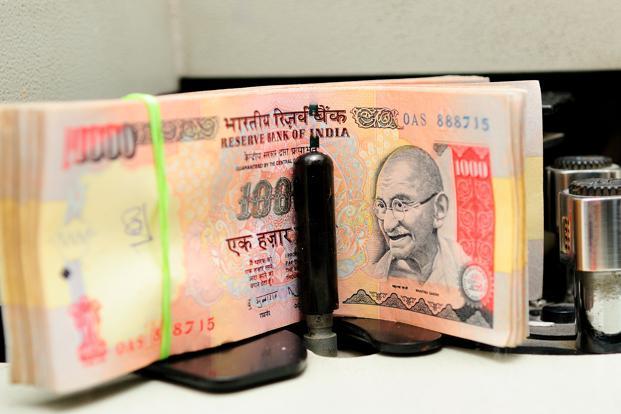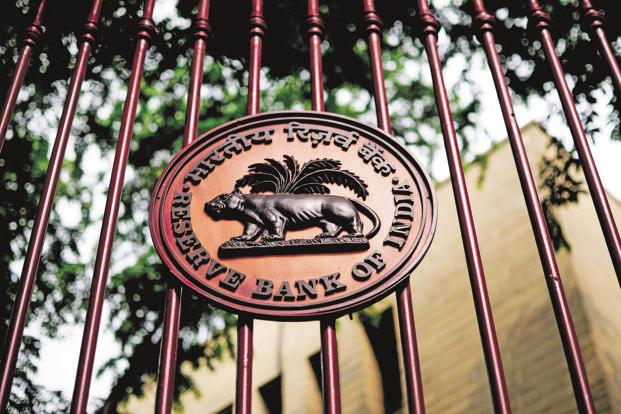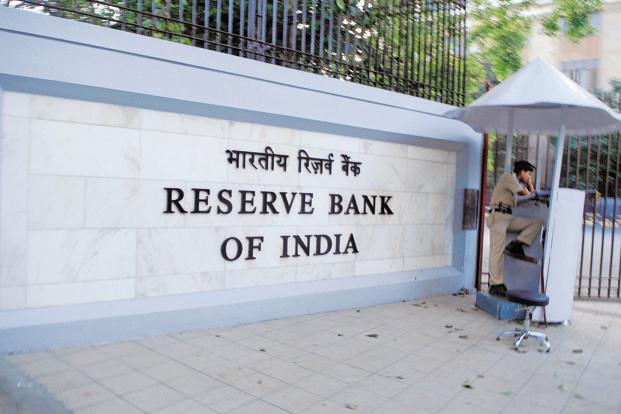Reserve Bank of India (RBI) deputy governor K.C. Chakrabarty has given a clean chit to the Indian banking system. According to him, there is nothing wrong with it and bank branches cannot be used for rampant money laundering. RBI governor D. Subbarao is more measured in his voice of reassurance on the overall robustness of the Indian banking system.
Both were reacting to Cobrapost.com’s sensational sting operation, which claims to have exposed three leading Indian private sector banks—ICICI Bank Ltd, HDFC Bank Ltd and Axis Bank Ltd—blatantly running a nationwide money laundering racket. A Cobrapost journalist, claiming to represent a politician with a bagful of unaccounted money, had convinced officials of these three banks to extend a helping hand by suggesting insurance and gold products to convert black money into white and even offering bank lockers to hide the pile, in violation of the so-called know your customer (KYC) norms, an essential requirement for any banking transaction.
Codenamed ‘Operation Red Spider’, the expose has not caught any banker laundering money but found them capable of doing such things by simulating situations of a broker of a corrupt politician looking for ways to change the colour of his boss’ money. Had Cobrapost gone one step ahead and caught bank officials actually doing so, it would have been a different story (it had done so in ‘Operation Duryodhana’, filming several members of Parliament accepting cash bribes in return for asking questions). There are questions which both the banks involved as well as Cobrapost should answer, even as RBI and other agencies have launched a system-wide probe.
Before raising them, let me make a disclaimer: I have recently written a book on HDFC Bank and finance minister P. Chidambaram released it. This book has a chapter which says despite being India’s most valued bank it has not been able to escape the regulator’s wrath on two occasions and was penalized. Neither this column nor the book is a public relations exercise for any entity implicated by the Cobrapost expose.
The first question that comes to one’s mind is why did Cobrapost choose these three banks and why didn’t it approach a single public sector bank, or for that matter, foreign banks operating in India? At least one foreign bank has been in the news globally for its alleged role in money laundering. Did Cobrapost have any prior knowledge of three banks’ involvement in money laundering? It must have had. The other explanation could be that it had tried to speak to officials of other banks as well but did not succeed in making them talk. If indeed that’s the case, why didn’t it name other banks? Did it carry out the sting operation only in those branches that its website features or were there other branches too where it approached the officials but did not get the answers it was looking for? Aniruddha Bahal, editor of Cobrapost, declined to answer these questions.
All three banks have suspended the employees implicated in the sting operation. They have also appointed outside agencies for forensic audit while an internal probe is on to check the veracity of Cobrapost’s claims. They need to answer three critical questions.
One, has any such transaction taken place in the past? Often the front-office executives of a bank promise the moon to their customers but cannot actually deliver. A forensic fact-finding audit will reveal whether such deals happened in the past.
Two, even if there is no such instance in the past, could they take place? In other words, do these banks have a robust back office and systems and processes in place that can detect any attempt by an aggressive salesperson to subvert the system?
Finally, can a bank official suggest ways to make black money white even if it cannot be done? There is a clear violation of code of conduct by the officials caught in the Cobrapost video and no investigation is required to prove that.
To draw a parallel in media, a reporter can be swayed by the articulation of a crooked chief executive of a corporation or be sold (cheap) over two pegs of single malt and promise a positive story, but if the systems and processes of the media house are in place, the story will be spiked by the editor. The reporter’s behaviour, however, cannot be condoned as it violates the code of conduct.
Similarly, we cannot draw comfort from the fact that black money is a reality in India and the banking system has traditionally been misused and there is nothing sensational about it. It’s the same as saying if you live in Cuba, you can well be part of a drug running racket. Operation of a locker in a bank is a private affair and customers can keep money, pickle, stale bread or even a dagger in a locker, but selling gold from bank counters has certainly been an issue as it does not require any KYC for buyers. Similarly, insurance products sold from bank branches can be customised to evade tax. RBI needs to look into these issues not only at the three banks but also the entire banking system.
And if these three banks are serious about getting to the bottom of the issue, they should allow an external investigating agency to grill the implicated employees and offer immunity to whistleblowers. If the culture of a bank encourages such bravado—there is too much pressure to perform—it needs to change it. If senior executives of a bank are responsible for giving innovative ideas, they should be shown the door. If the rot starts at the top, RBI should issue strict warning, including the threat to cancel the licence for a repeat offence.



